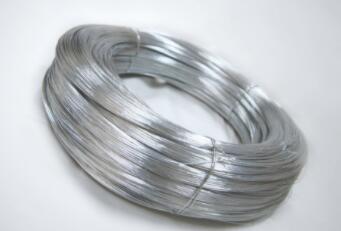Understanding the Significance of Welding Steel Mesh
Welding steel mesh is a critical process in various industrial applications, offering structural integrity and versatility in construction and manufacturing. Steel mesh, which consists of interconnected steel wires or rods, serves numerous purposes, including reinforcement in concrete structures, fencing, and architectural designs. The methods used to weld steel mesh have evolved to enhance efficiency, strength, and resistance to environmental factors, making it a cornerstone in modern engineering practices.
What is Steel Mesh?
Steel mesh can be defined as a grid-like structure made from steel wires, typically arranged in a series of parallel and perpendicular lines. The intersections of these lines are usually welded or mechanically connected, creating a robust mesh that exhibits considerable load-bearing capabilities. This mesh is primarily used in concrete reinforcement, adding strength and preventing cracking and shifting. Additionally, steel mesh plays a vital role in applications such as road construction, precast concrete panels, and even in the production of various consumer goods.
The Welding Process
The welding of steel mesh involves several critical steps to ensure a reliable and durable product. First, the wires are cut to predetermined lengths and arranged in a specified grid pattern. The next step is to employ a welding technique, often utilizing electric resistance welding, where an electrical current is passed through the wires at their intersection points. This current generates heat, melting the wires and allowing them to fuse together once cooled. Other welding methods, such as arc welding or laser welding, may also be employed depending on the application and desired properties of the final product.
Advantages of Welding Steel Mesh
Welding steel mesh offers numerous benefits. One of the most significant advantages is its enhanced strength and durability. The welded joints create a continuous load-bearing network that can withstand considerable stress and pressure. Furthermore, the welded connections help resist corrosion, especially when additional anti-corrosive treatments are applied. This resistance increases the lifespan of structures, making welded steel mesh a cost-effective solution in the long run.
Another advantage of welding steel mesh is its adaptability. It can be customized to fit various sizes, shapes, and specifications, making it suitable for countless applications. Whether for reinforcing ceilings, floors, or walls in construction, or for creating safety barriers, the versatility of welded steel mesh allows it to meet diverse customer needs.
welding steel mesh

Applications in Construction and Industry
In construction, welded steel mesh is predominantly used as reinforcement in concrete slabs and structures, ensuring they can withstand tensile forces and distribute loads evenly. It is commonplace in the construction of highways, bridges, and commercial buildings, where structural integrity is paramount.
Additionally, industries utilize welded steel mesh for various purposes including storage systems, loading docks, and even security fencing. In agricultural practices, welded mesh is often employed to create enclosures for livestock and crops, providing both protection and durability. The automotive and manufacturing sectors also benefit from this technology, using welded steel mesh for parts and components that require high strength and resistance to wear.
Environmental Considerations
With the growing emphasis on sustainability, the welding of steel mesh has also seen innovations that align with environmental considerations. Steel is a highly recyclable material, and many manufacturers are adopting practices that incorporate recycled steel into their mesh production. This not only reduces the environmental footprint but also promotes a circular economy within the construction and manufacturing sectors.
Moreover, improved welding techniques have led to reduced energy consumption during the manufacturing process, further enhancing the sustainability of welded steel mesh solutions.
Conclusion
Welding steel mesh is an indispensable process within the construction and industrial realms. Its ability to deliver strength, flexibility, and adaptability makes it a vital component in building robust structures and various applications. With advancements in welding technology, along with a growing focus on environmentally friendly practices, the future of welded steel mesh appears promising. As industries continue to evolve, the role of steel mesh will undoubtedly expand, highlighting the significance of this essential material in enduring structural design.

















